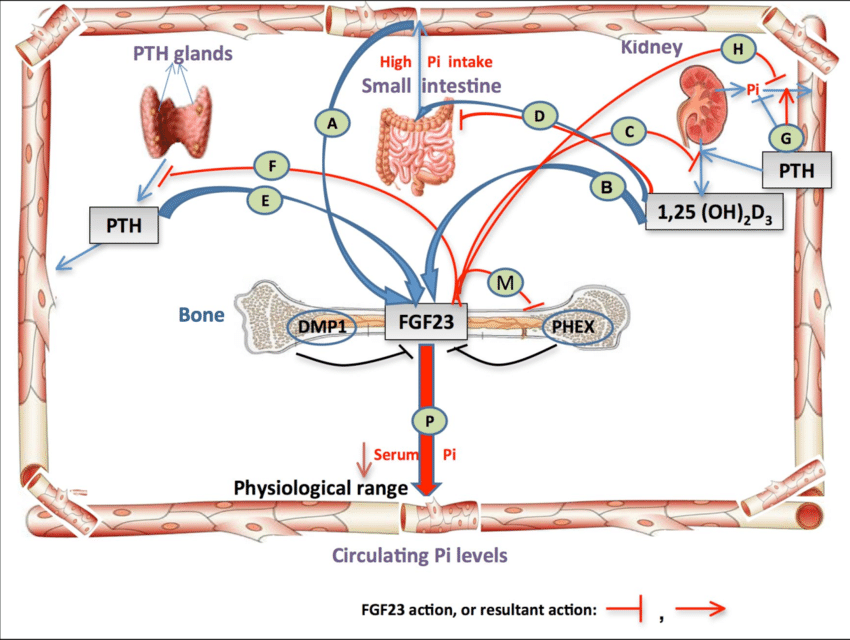

In bone modelling process, i.e., during bone development and bone resorption stages, osteocytes act autonomously to fine‐tune bone structure. This remodelling process is regulated by several local (e.g., growth factors, cytokines, chemokines) and systemic (e.g., oestrogens) factors that all together subscribe for bone homeostasis. Following mineralization of bone matrix, fully differentiated and matured osteoblasts become osteocytes and are implanted in the bone matrix.ĭuring bone remodelling process, mechanosensory cells, osteocytes act as bone orchestrators. Osteoblast cells are energetic in protein synthesis and matrix secretion to preserve and form new healthy bones. In bone remodelling, the discrete zones of bone are resorbed by osteoclasts and substituted by fresh bone by osteoblasts, allowing for repair of bone micro‐injury and adapting of bone niche for control of mechanical strengths. The three main bone cells involve in this remodelling process‐osteoblasts, osteoclasts and osteocytes via regulation of molecular signalling pathways. Human skeletal tissue is a constant state of remodelling.

Here, we discuss an advanced level work on newly identified cellular mechanisms controlling the remodelling of bone and crosstalk among bone cells as these relate to the therapeutic targeting of the skeleton.īone homeostasis in the adult skeleton is complex processes. On the other hand, senescent osteocytes predominately progress the senescence associated secretory phenotype (SASP) and may contribute to age related bone loss. However, the boosted osteoblastic activity produces osteosclerotic phenotype and weakened its action primes to osteomalacia or rickets. The dominating effect of osteoclasts results in advanced risk of bone crack and joint destruction in several diseases including osteoporosis and rheumatoid arthritis (RA). Disruption of this controlling balance among these cells or any disparity in bone remodelling caused by a higher rate of resorption by osteoclasts over construction of bone by osteoblasts results in a reduction of bone matrix including bone mineral density (BMD) and bone marrow cells (BMCs).


Osteoclasts are large multinucleated cells that degrade bone matrix and involve in the bone remodelling in conjunction with other bone cells, osteoblasts and osteocytes, the completely matured form of osteoblasts. Bone homeostasis is securely controlled by the dynamic well‐balanced actions among osteoclasts, osteoblasts and osteocytes.


 0 kommentar(er)
0 kommentar(er)
